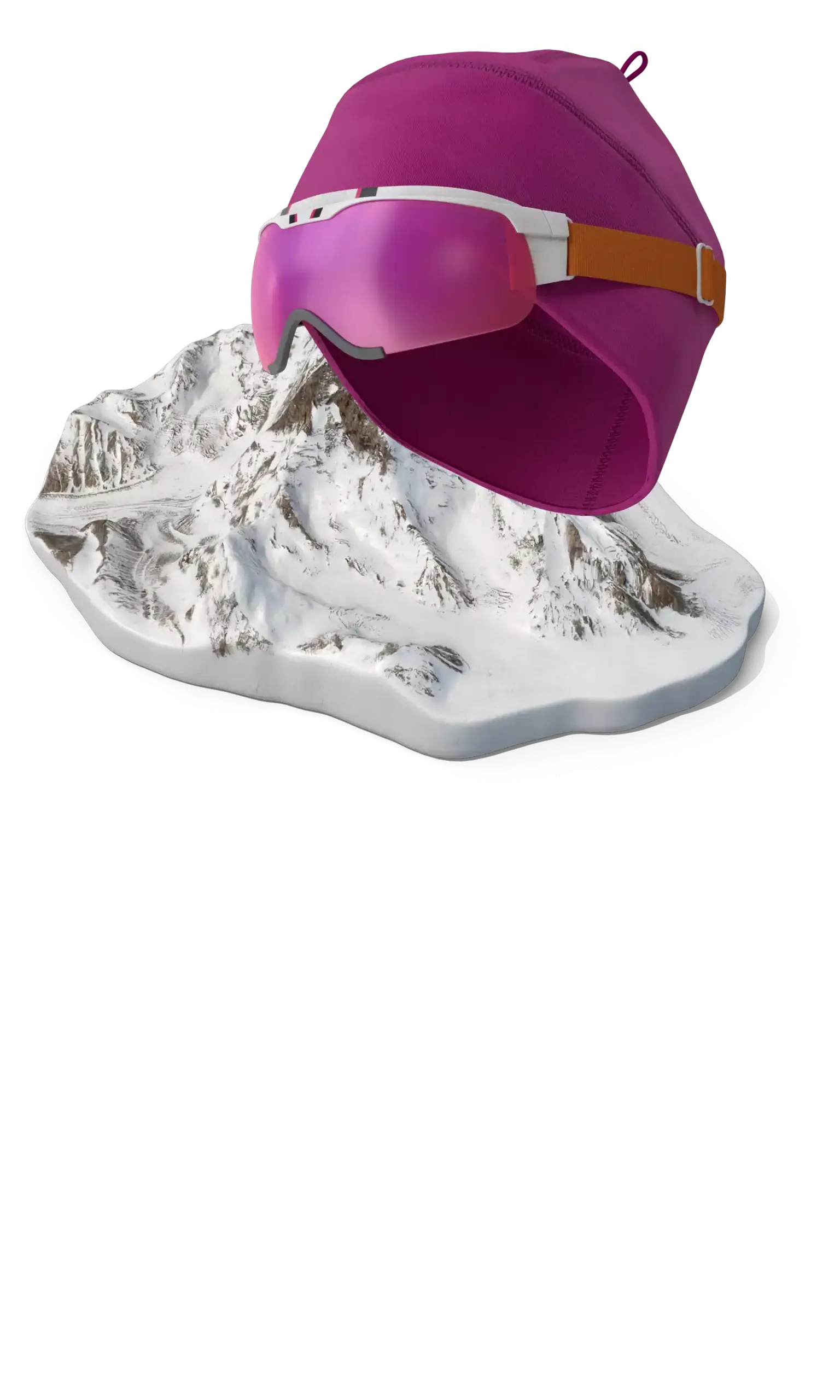Innovation Alphabet
Augmented Reality
In a nutshell
Augmented Reality is an ever-evolving technology that overlays multimedia information on top of our common sensory horizon to gain a deeper understanding of our surroundings. No, it does not allow you to step out of the Matrix dream simulation, nor can it be accessed by swallowing a red pill. But neither is it the disturbing experience of the Playtest episode of Black Mirror. It is much more than that.
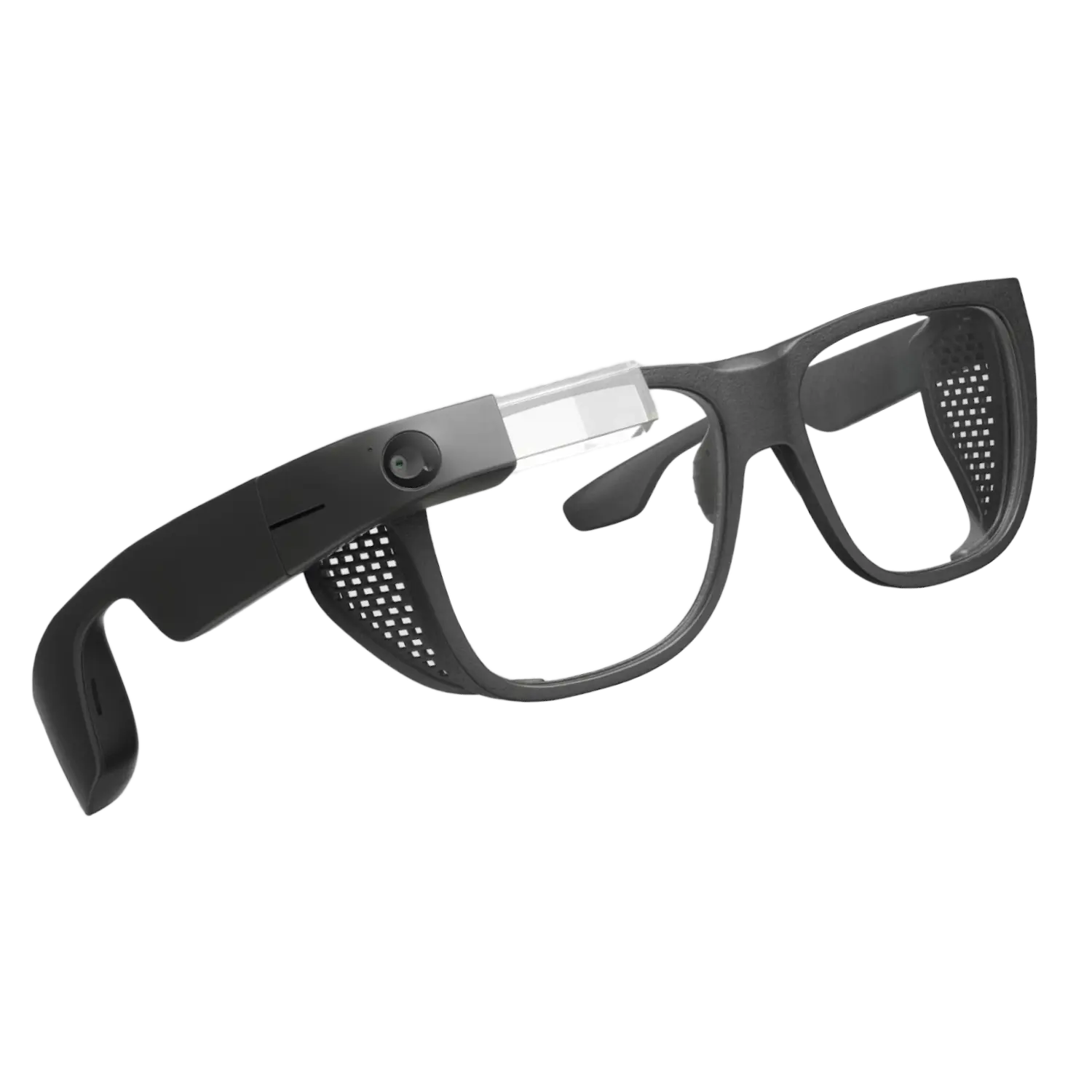

Application Fields
• Augmented SatNav: In addition to the normal functions of a classic SatNav, Augmented Reality uses the smartphone’s camera to provide additional real-time information such as the location of gas stations, speed cameras, or places of interest. Where is the big news? All of this is displayed directly on the windshield of the car. Indeed, some cars that take advantage of this technology provide the driver with a totally unobstructed front view. How? Making the hood of the vehicle transparent and thus the part of the road normally covered visible.

• Hawk-eye. It is a precise tool used in sports that takes advantage of Augmented Reality to assist the match director in his or her decisions. For example, in tennis it is used to check whether the ball ended up off the court or not. In soccer, on the other hand, it is used to award a goal of difficult evaluation or let the game continue. This system works through cameras installed in strategic points of the field. It allows the trajectory of the ball to be reconstructed in order to determine the correct conclusion of the action.

• Museums: Augmented Reality could stimulate a new attractiveness in cultural venues such as museums, especially in the most bitter despisers of the visual arts. Simply pointing your cell phone at the work on display will open you up to new immersive and engaging experiences such as meeting the artist of a painting, seeing a worn fresco reconstructed, or admiring an extinct animal come back to life by pawing around us.
Industries
• Augmented Reality in the pharmaceutical industry
No more endless and unclear buzzwords. With the introduction of Augmented Reality in the pharmaceutical industry, it is possible to download an application from the smartphone that allows the patient to observe in 3D the functioning of the drug in front of his or her eyes. The software, in fact, recognizes medicine packages and informs the patient in an effective and engaging way.
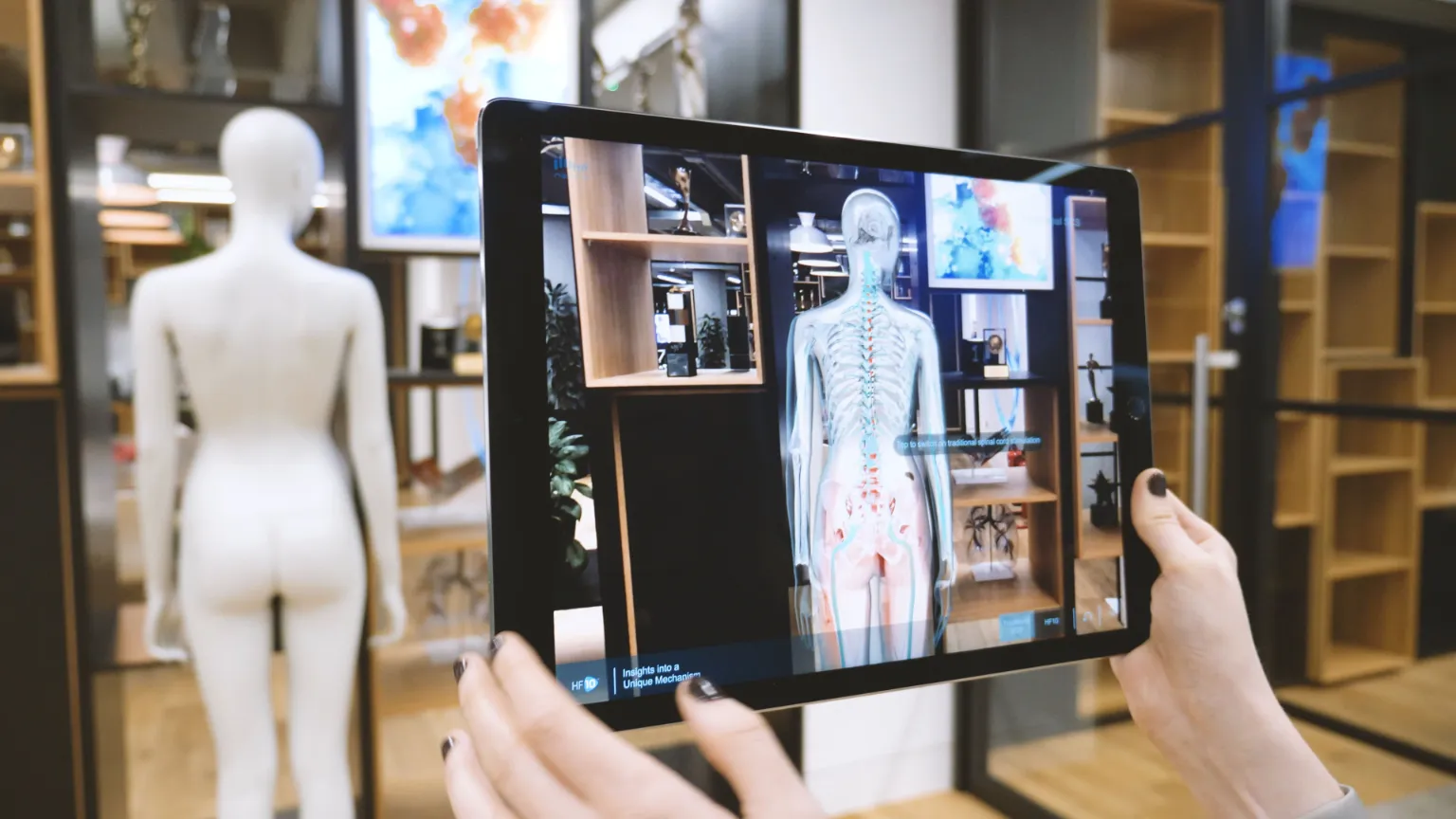
• Augmented Reality in the energy industry
The study on the possible relationship between Augmented Reality and the power industry conducted by EPRI (Electric Power Research Institute) is aimed at finding a solution to improve efficiency in the construction, maintenance, and repair of large infrastructures. Examples of future forms of AR applied to the power industry include contact lenses (aimed at replacing head-mounted equipment) and smart clothing integrated with Augmented Reality devices. But important human factors and safety issues are at stake. So, a deep understanding of how technology will safely and effectively influence worker concerns will be critical first.
• Augmented Reality in the service industry
DBG Management & Consulting, an Italian strategic consulting firm, has designed an Augmented Reality tool first presented at ITF Slovakia Tour 2020 (the Tourism Fair of the Visegrád Economic Area). It is a device that contains interactive and multilingual signage that can be used by blind and deaf people. Also, it has content designed for children and with the possibility of accessing information on demand. It is currently under exclusive concession in Slovakia, Poland, Hungary, and the Czech Republic.
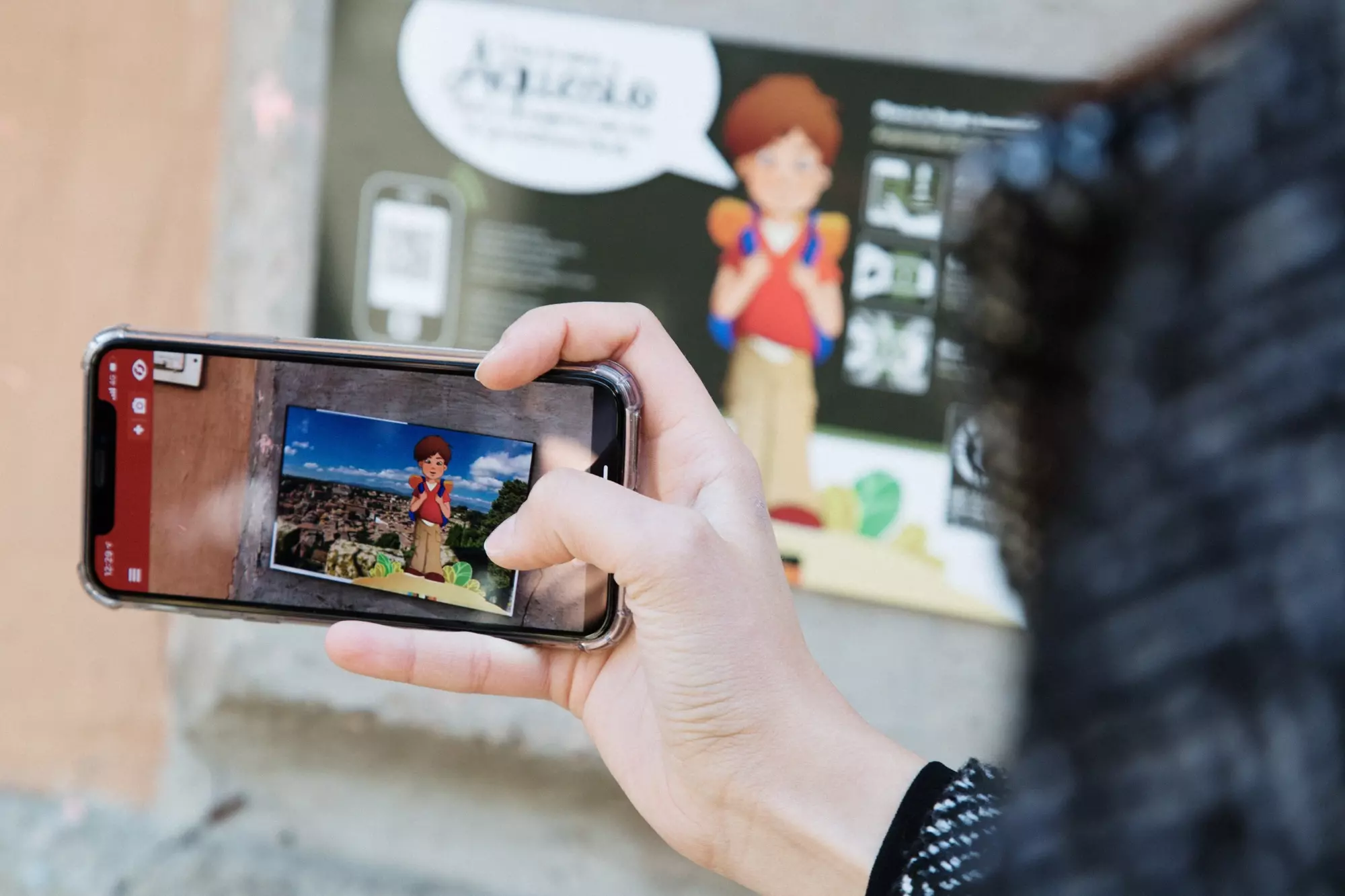
Do you have a Strategy & Innovation challenge to tackle? Let’s face it. Together.
C-levels from these companies (AND MORE) relied on my expertise to overcome thEIR CHALLENGES IN THIS AREA. And you can, too.
Can I help you?Business Functions
• Augmented Reality in support of marketing
Even the most common of pre-technological toys has not resisted the influence of Augmented Reality: the Danish company Lego has improved an application aimed at children – called “Lego Hidden Side” – that turns the phone or tablet into an interactive tool for ghost hunting. Scanning the colored bricks in each building will unleash a hidden world of supernatural adventures.
• Augmented Reality in support of HR
The human resources sector has integrated many of its activities with Augmented Reality capabilities. Augmented Reality can actually be applied in support of HR, for example, for staff training by simulating a work environment. This is what companies such as General Electric or Papa Murphy requested from the technology innovation specialist Blippar. Since onboarding is a critical phase – during which everything regarding the company, policies, procedures, and culture must be explained to the selected candidate – the use of immersive technologies allows new employees to take a virtual tour of the office while listening to everything they need for their first day on the job.
• Augmented Reality in support of facility management
The Facility Management Team in charge of powering the Burj Khalifa skyscraper in Dubai – now the tallest in the world (about 830 meters) – uses AR to remotely monitor the 400 electrical loads present (including the 57 elevators), thus reducing operating costs by up to 30 percent. In addition, the existing sensors release real-time data useful for monitoring conditions of use, thus optimizing routine maintenance work. A record not only of height, but also of efficiency.
Stay in wonderland
Let me show you how deep the rabbit hole goes.
Check out more of the Innovation Alphabet:
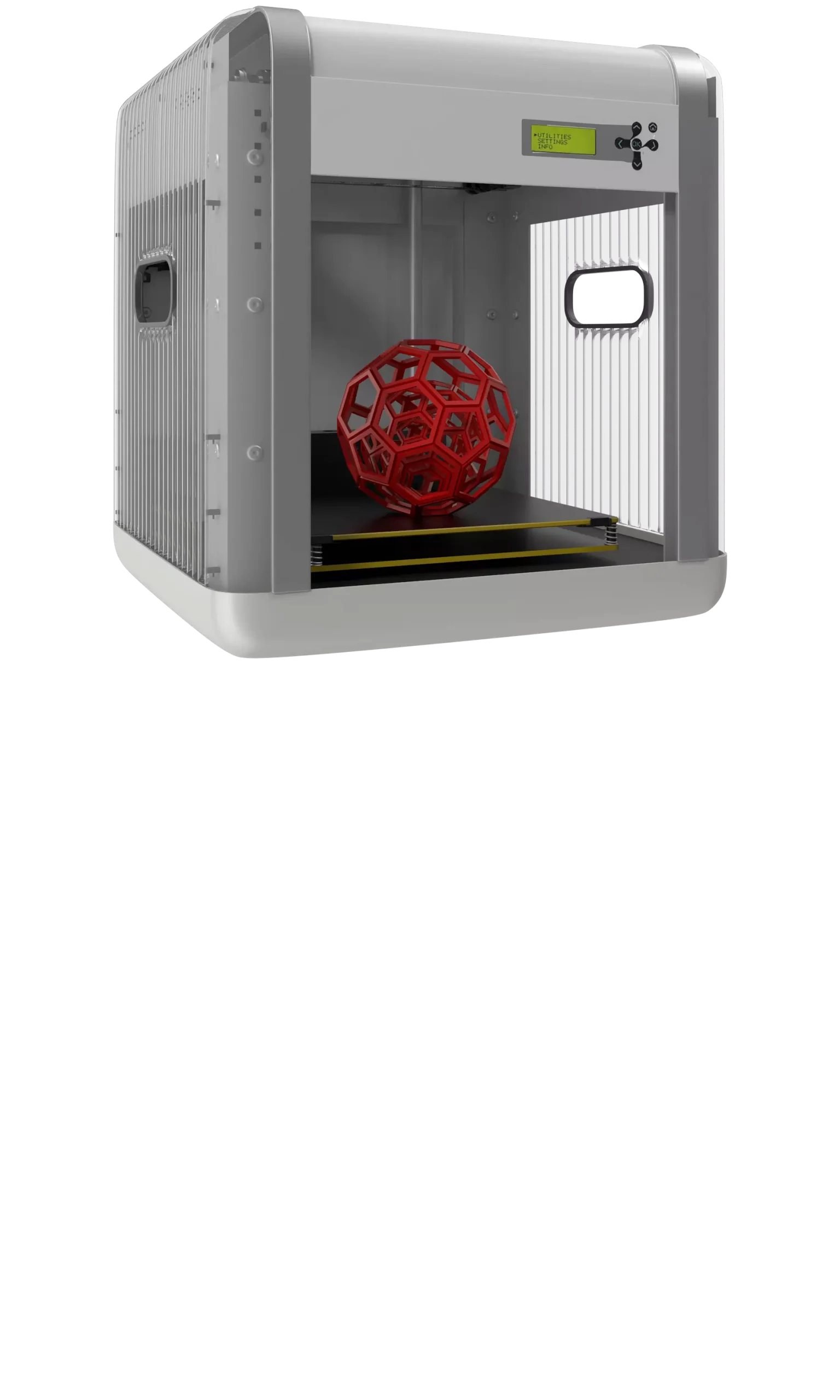
3D Printing
3D Printing
“3D printing” is a process carried out by an electronic device which, instead of resorting to the canonical ink, it molds almost any kind of material: from concrete to living tissue, most usually plastic, but also metal. And the operating principle is similar to that of a traditional printer. The creation of three-dimensional models can lead to the redesign of a company’s production capabilities.
Dive In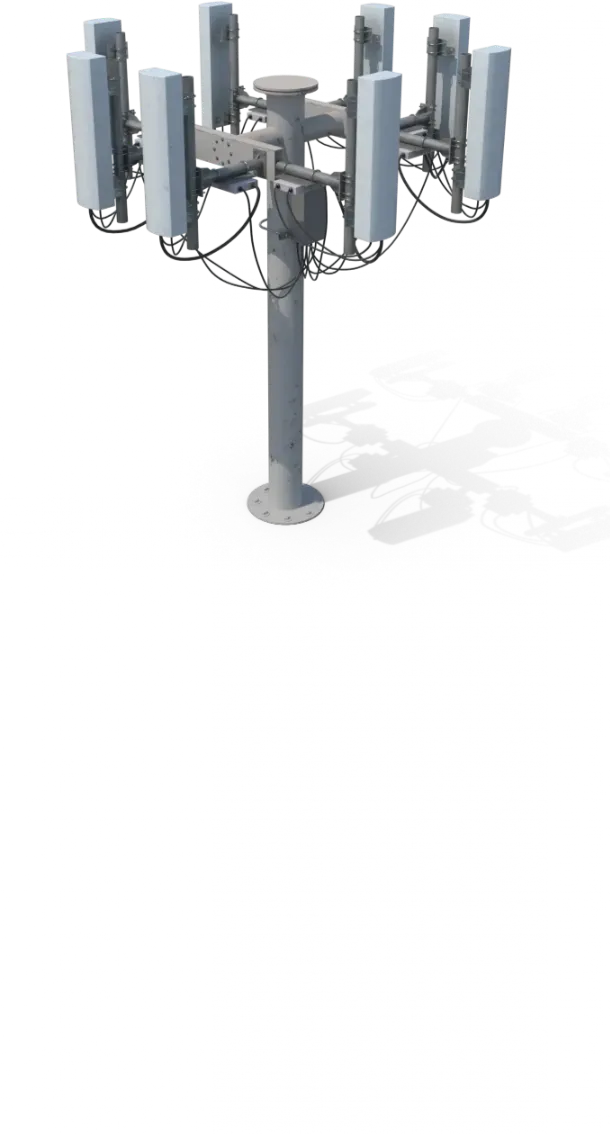
5G
5G
5G is the new frontier of cellular telephony. It was designed to improve (or completely replace) previous generations of mobile networks. The 5th generation features lower latency, ensuring flawless performance of business applications and many other digital experiences – thus enabling the new cultural generations to furiously play Fortnite away from home.
Dive In
Advanced Analytics
Advanced Analytics
The term “Advanced Analytics” refers to the ability to autonomously or semi-autonomously analyze data and content to identify correlations, develop analyses, predictions, and recommendations. It is not just a matter of collecting information and then organizing it into watertight compartments: the ultimate goal is to identify a dialogue pattern from a data-driven perspective.
Dive In
Agile
Agile
Agile is an approach to software development designed to respond to change. Teams quickly analyze the context in which they operate, identify uncertainties faced, and figure out how to adapt to always move forward. Interaction between individuals comes before processes and tools; collaboration with the customer is more important than negotiating contracts.
Dive In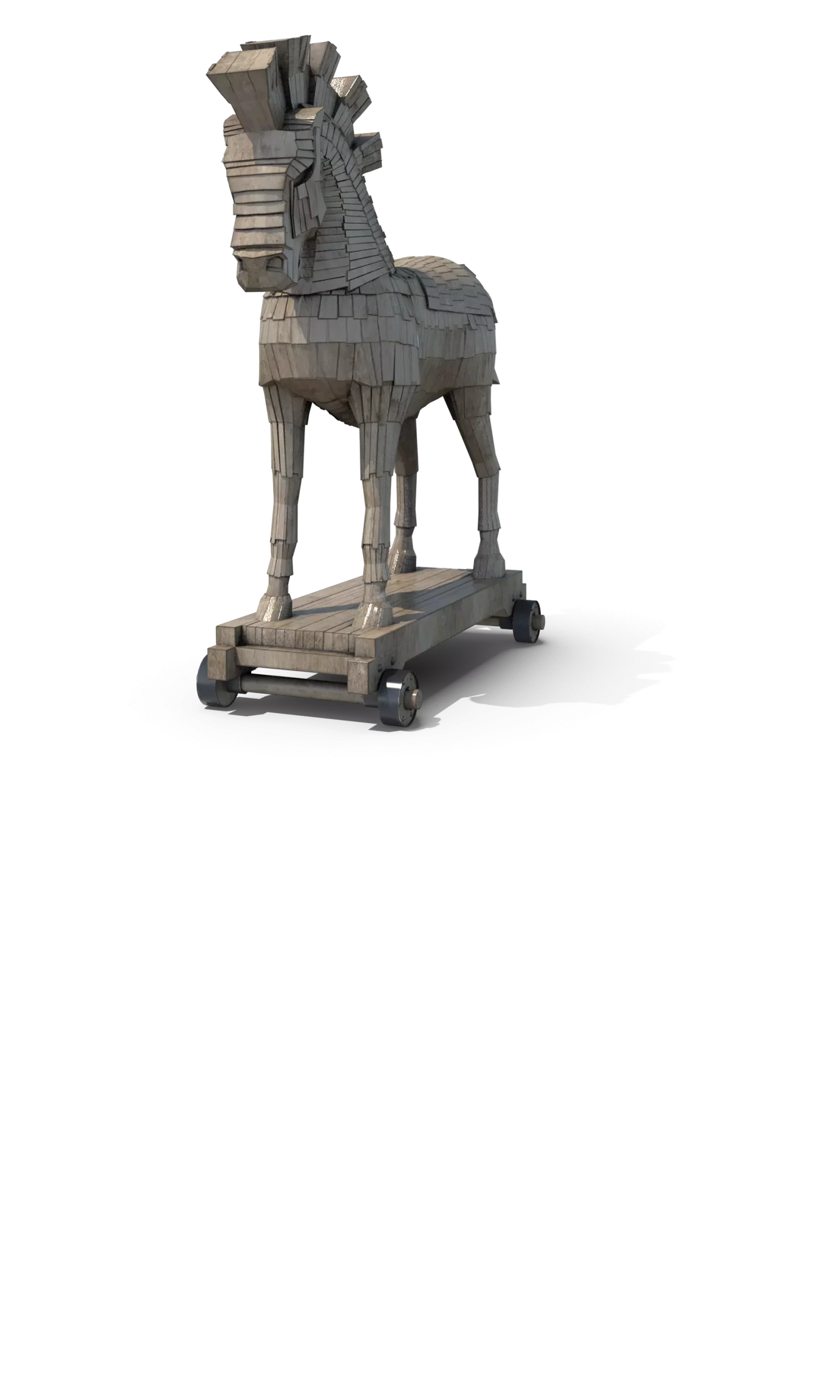
Ansoff Matrix
Ansoff Matrix
The Ansoff Matrix is a marketing planning model that arises from the intersection of new and existing products and markets. It derives four possible strategies for expanding the company’s market, which are built around four variables with a changeable factor of risks and possibilities: existing product, new product, existing market, new market.
Dive In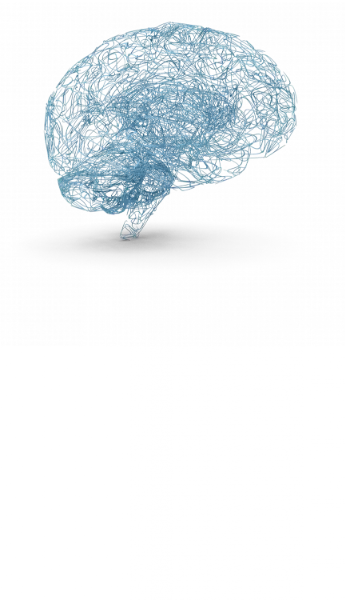
Artificial Intelligence
Artificial Intelligence
Artificial Intelligence is not strictly defined. Basically, it is a computer system able to make decisions in an independent and flexible way. A good AI application can perform everyday tasks better than an average person (e.g., identifying other people from their photos on social media or beating the best chess player). Nothing to fear, then. Unless you are a chess champion.
Dive In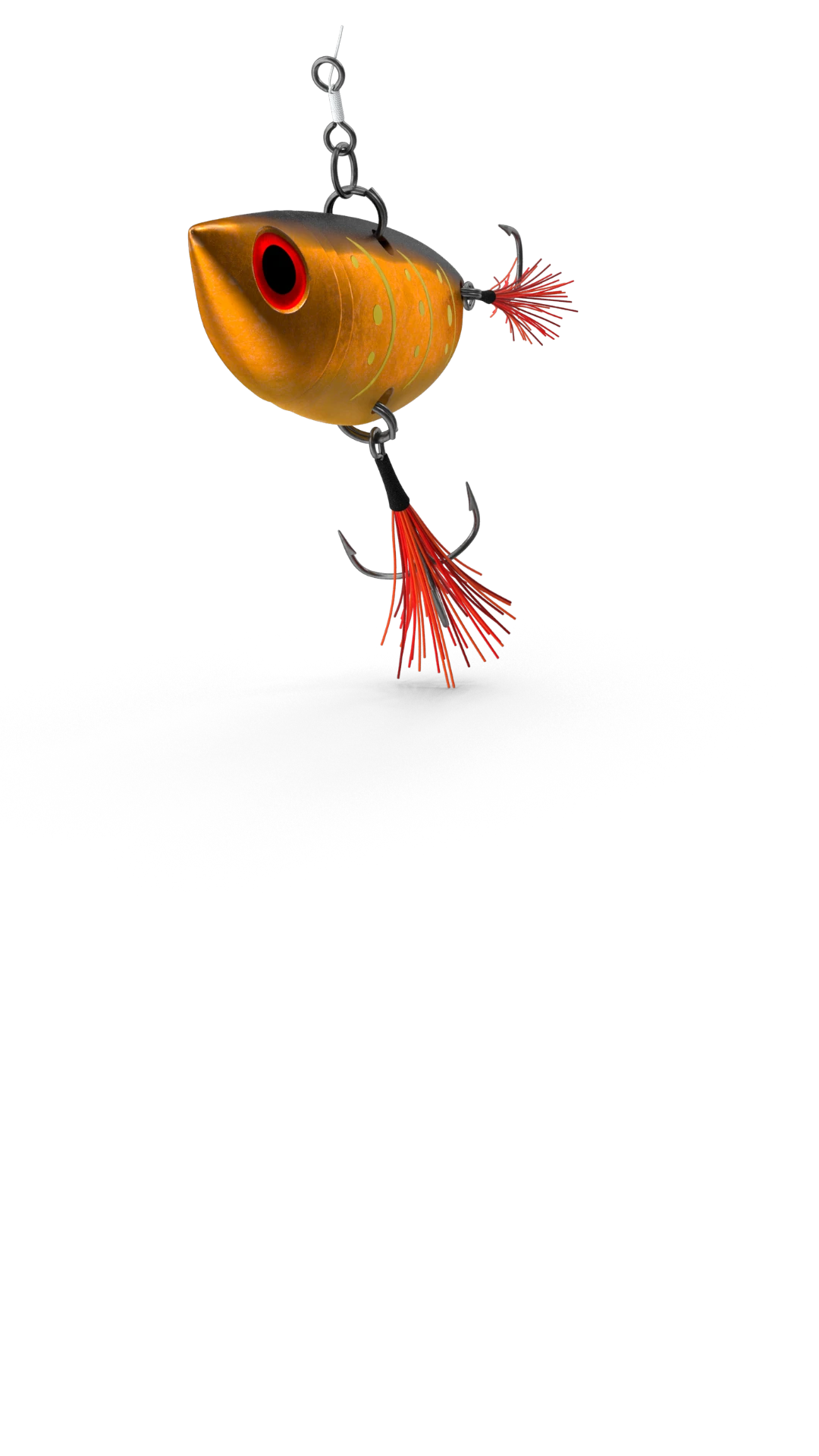
Artificial Scarcity
Artificial Scarcity
We often tend to desire what we cannot have. Or what we are in danger of losing: Artificial Scarcity is a strategy that flaunts a limited number of items that do not correspond to actual availability. The goal is to stimulate the perception in consumers that the stock of items is about to run out and thus create a need based on the “fear of being cut off” or the intention to buy the item in order to resell it at a higher price.
Dive In
Attack Surface
Attack Surface
The term attack surface refers to the part of a system that may be subject to attack or breach by hackers. The smaller that surface is, the easier it will be to protect it. Indeed, the Internet is an ocean of deep, dark waters: those who navigate it must be aware that they are exposing themselves to a flood of digital risks. Yet, ironically, we do not need a big boat to shelter us.
Dive In
Augmented Reality
Augmented Reality
Augmented Reality is an ever-evolving technology that overlays multimedia information on top of our common sensory horizon to gain a deeper understanding of our surroundings. No, it doesn’t allow you to step out of the Matrix dream simulation, nor can it be accessed by swallowing a red pill. But neither is it the disturbing experience of the Playtest episode of Black Mirror.
Dive In
Balanced Scorecard
Balanced Scorecard
In business, as in life, you need balance. The Balanced Scorecard is a holistic tool for strategic management. It offers, in fact, the possibility of assessing corporate performance in its wholeness. An overview that embraces four perspectives: the business/financial side, customers and stakeholders, internal processes, and learning and growth.
Dive In